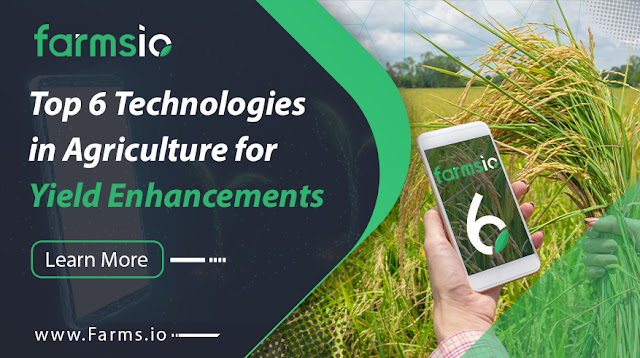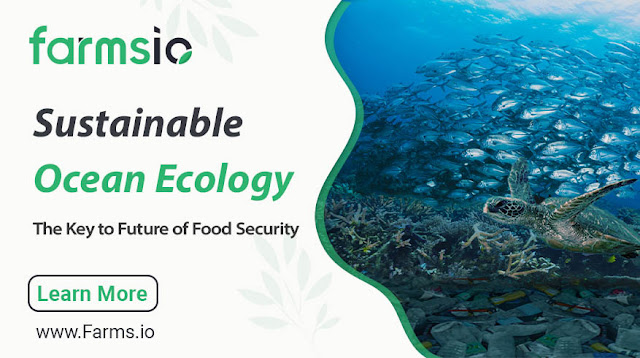Climate Smart Agriculture Resilient Practices
FARMSIO has developed innovative and digitalised farm management software using Climate Smart Agriculture for the benefit of the stakeholders in the food value chain. The technology for agricultural solutions are built on the premises of sustainable agriculture with a focus on conserving energy and resources in farming, market linkages for integrating the stakeholders on both down and upstream of the food supply chain , food traceability to optimise the input resources, quality and quantity of them used and above all the climate-smart agriculture adaptability and appropriate farming practices to thwart the risks. The mitigation measures in the climatic risks are classified into: Cropping systems Livestock systems Forest systems Fisheries, aquaculture and oceanic systems and Biodiversity. This blog has extensively used the well-researched inputs published by the Food and Agriculture Organisation and acknowledges the yeomen services offered to humankind and nature holi




